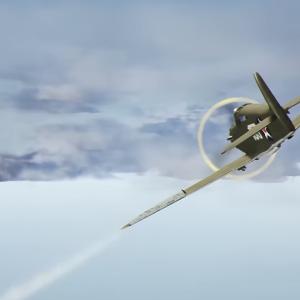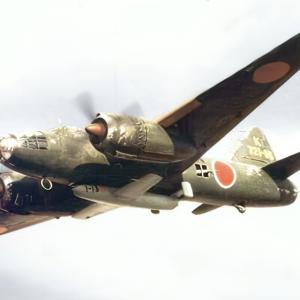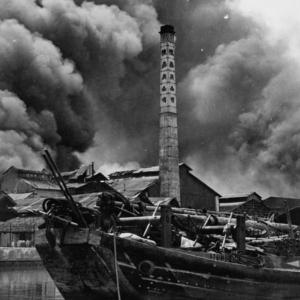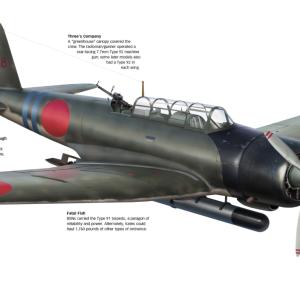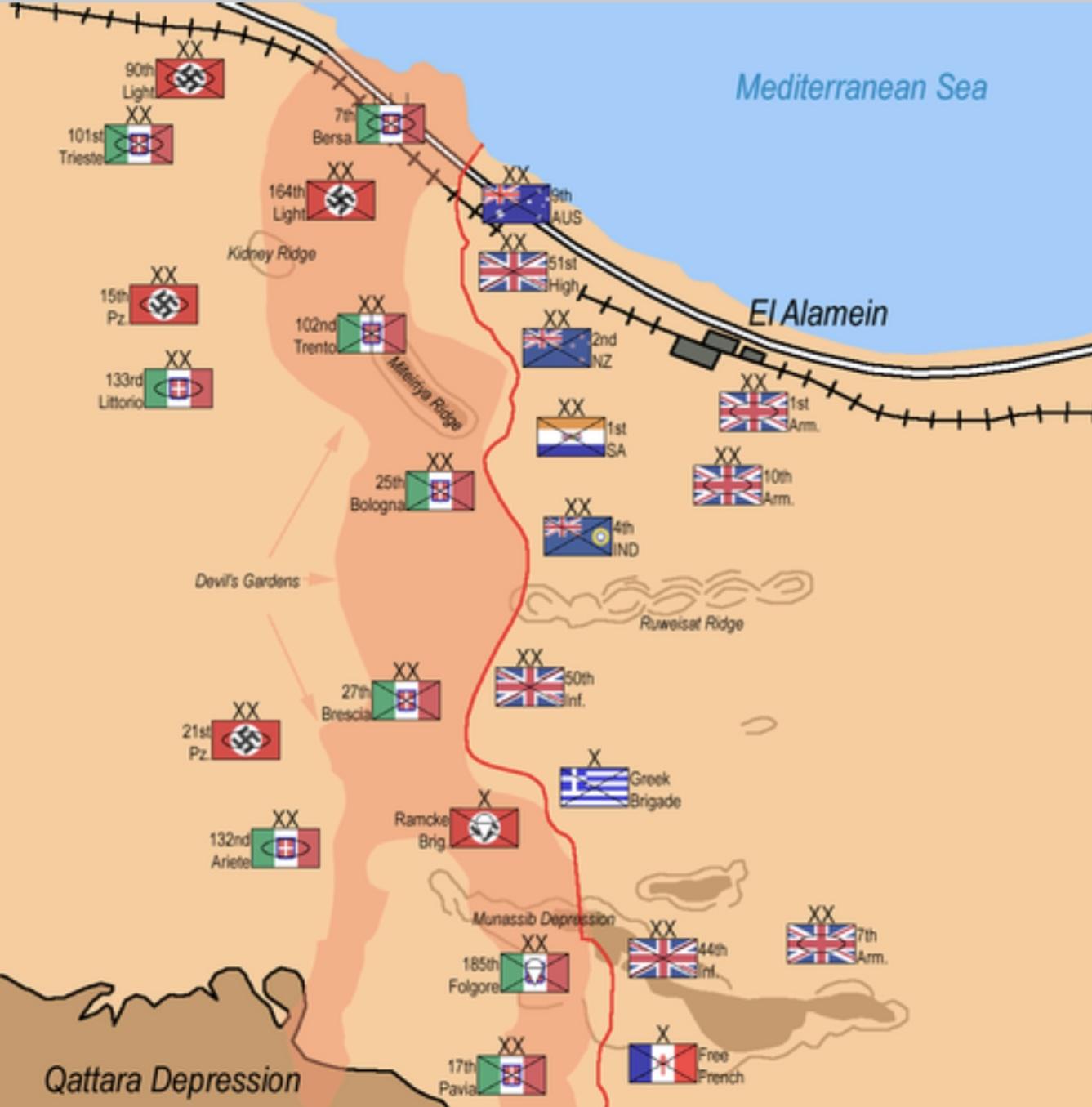
Devils Garden
During the North African Campaign of World War II, German Field Marshal Erwin Rommel was tasked with defending vast stretches of desert terrain from Allied offensives. One of his most famous defensive measures was what he called the "Devil's Garden"—a vast and deadly minefield system backed by barbed wire and other fortifications. This heavily fortified zone was part of the Axis defense lines near El Alamein in Egypt and played a significant role in delaying and damaging the British Eighth Army's advances.
Rommel was a master of desert warfare and understood the tactical importance of controlling key points across the flat and open desert. To make a frontal assault as difficult and costly as possible, he ordered the construction of a complex web of minefields. These minefields were not randomly scattered but laid out in calculated patterns across the desert floor, particularly in areas where enemy forces were most likely to attempt breakthroughs.
The term "Devil's Garden" referred specifically to the eastern end of the Axis defensive line at El Alamein. It was created to guard the approaches to the primary German and Italian positions. Rommel’s forces used a combination of anti-tank and anti-personnel mines to maximize the damage and slow down enemy advances. The two main types of mines used were the German Teller mines, which were designed to destroy or disable tanks, and smaller S-mines and other anti-personnel devices, which could maim or kill infantry trying to breach the defenses.
The Teller mine was a large, circular device containing enough explosive power to destroy the tracks or hull of a tank. These mines were often buried just under the sand surface and triggered by pressure when a vehicle passed over them. The S-mine, sometimes called a "Bouncing Betty" by Allied troops, was more complex. When triggered by a tripwire or pressure, it would launch into the air and detonate at about waist height, spraying shrapnel in all directions—causing devastating injuries to soldiers.
Rommel and his engineers laid these mines in multiple rows, often with overlapping fields, making it extremely difficult for any unit to pass through without suffering heavy casualties. In total, it is estimated that over half a million mines were laid in the Devil’s Garden. These minefields were supported by miles of barbed wire, anti-tank ditches, and machine gun nests, all designed to funnel attackers into killing zones where Axis forces could concentrate their fire.
The area covered by the Devil's Garden was immense. It stretched across roughly five miles of the desert front, from the coast of the Mediterranean Sea inland toward the Qattara Depression—a massive and impassable natural obstacle. This terrain limited the movement of the British and Commonwealth forces and forced them into predictable routes, which the Axis troops could more easily defend.
When the Second Battle of El Alamein began in October 1942, the British Eighth Army, under General Bernard Montgomery, had to face the Devil’s Garden head-on. The clearing of the minefields was one of the most dangerous tasks of the battle. Engineers known as sappers worked under constant threat of sniper fire, artillery, and air attacks while they cleared paths through the fields at night. Despite their best efforts, the minefields significantly slowed down the Allied advance and inflicted heavy losses.

